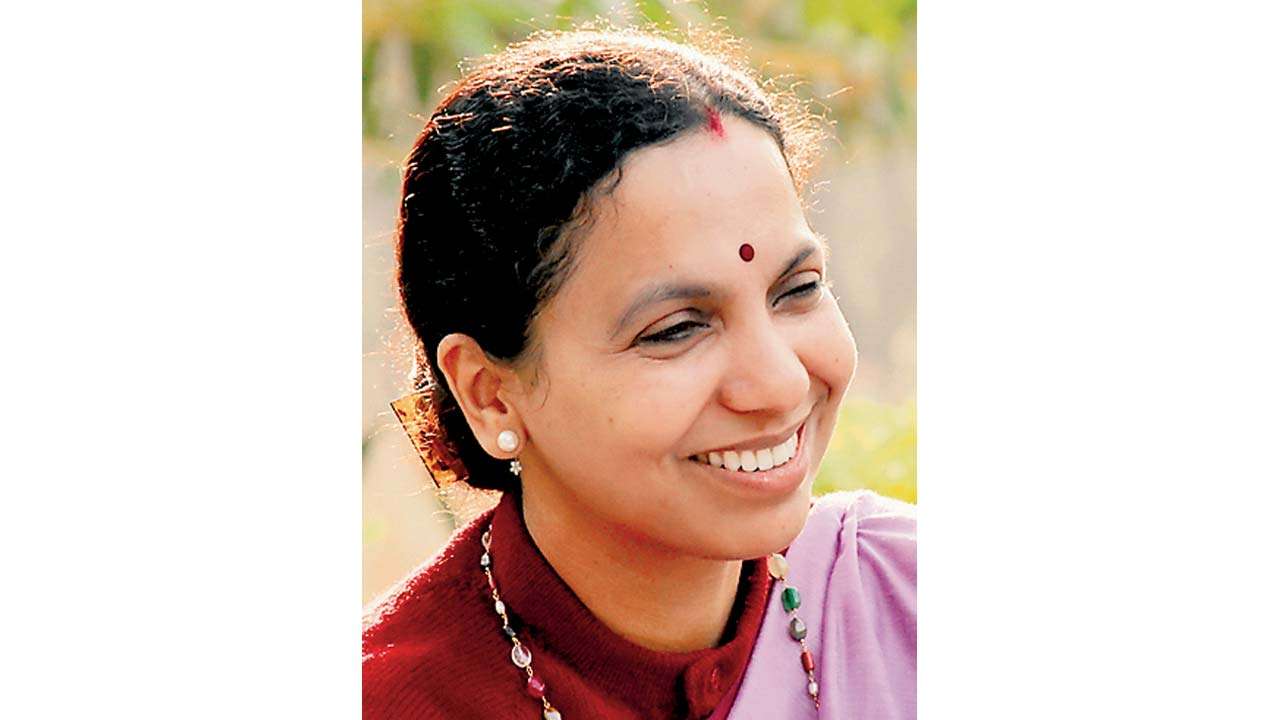
Nearly fifteen years ago, biologist Eugene Stoermer and Paul Crutzen, the Chemistry Nobel laureate coined a new word, Anthropocene. The Oxford dictionary has come to include this moniker, which means, “relating to or denoting the current geological age, viewed as the period during which human activity has been the dominant influence on climate and the environment.” Interestingly, this word also depicts a watershed in the life and culture of the humans living in this eventful time period. These are, simultaneously, times peppered with problems of ethics, lifestyles punctuated by anxiety, compulsive thinking, anger, sleeplessness, restlessness and turmoil.
What are sustainable antidotes for this maddening agony that marks the Anthropocene age? As Michael Highburger states in his article in ‘Mountain Path’, “The lament of the Anthropocene is having lost sight of our calling as human beings which is essentially a spiritual one, namely finding beauty and meaning in our lives and our world, and keeping ever-present in our vision the poetic, mythic and dharmic dimensions essential for a full and meaningful life.” This has been stated similarly in the Kali Santaranopanishad from Krishna Yajurveda. Legend has it that Narada approached Lord Brahma and asked him for an effective antidote to the evils of Kali Yuga. Brahma promptly said that the mere recitation of the names of god, or Namasankeertanam, would be the solution.
Keertan, a form of meditation, is the singing of songs in praise of the lord. When this is a public or group rendering of the divine names and chants, it is called Namasankeertanam. In my growing up years, I had the nourishment of divine chants, Christian hymns, devotional Qawwalis and songs. My parents made sure that I learnt bhajans, shabads and kirtans of different parts of India where we lived, whether it was Punjab, Chennai, Pune or Nadiad, for instance. These celestial nuggets have been a part of me, giving nourishment and hope to my soul, as one passes through the thick and thin of life, with its trials, and challenges. Any earnest seeker can, easily experience the solace, peace, and joy that these renditions shower.
Historically, the Bhajana sampradayam of South India, with an antiquity of more than 800 years, was very inclusive, including songs and chants of Jayadeva, Purandaradasar, Annamaacharya, Chaitanya Mahaa Prabhu, Sant Tukaaram, Muktabai, Eknaath, Badraachala Ramadas, Goswami Tulasidaas, Surdaas, Meera Bai, Kabirdaas, Brahmaanand, Kaalasa Saheb, the Carnaatic Trinity and Sri Sadasiva Brahmendrar. Interestingly, the Gurugranth sahib of the Sikhs also was very syncretic, including works of various saints, cutting across different religions, geographies, castes and languages, such as Baba Farid, Ravidas, Namdev, Kabir and of course the Shabads of Guru Nanak and various other Gurus.
Having been a part of such Namasankeertanams that engage the audience in the chanting, clapping, snapping of fingers and tapping of feet and dancing, one fully understands that this is a truly enthralling, educative and elevating experience. There is a charming story in the Ramayana about this. While the bridge to Lanka was being built, with the help of monkeys, bears and other animals, Rama notices the monkeys and bears carrying heavy boulders, inscribing Rama’s name on them and placing them on water. Surprisingly, every heavy boulder floats. Seeing the effect of his name, Rama quietly proceeds to a secluded spot, lifts a heavy boulder and places it on water.
He is confused and perplexed to see this sink! He repeatedly tries this, when Hanuman, who has been observing all this, gently taps him. He explains that while Rama is powerful, His Name is far more powerful. Hence, chanting the divine names is very efficacious. These divine chants of various religions, cultures, geographies and communities liberate us from worldly afflictions and agonies that define the Anthropocene world, we inhabit today. With no eligibility, no cares let us put our hands together and join in the syncretic, elevating experience of chants.
The author is a Harvard-educated civil servant & writer, and has worked in the education sector
jayanti.ravi.dna@gmail.com